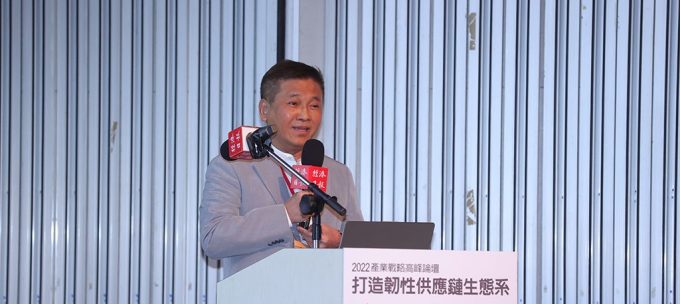Bleak outlook for liner shipping – unless carriers take drastic action
Supply will outpace demand in container shipping in both 2024 and 2025, according to international ...

There will be a resumption of containership demolition next year as supply exceeds demand, predicted David Yen, founding chairman of T3EX Global Holdings, Taiwan’s only publicly listed forwarder.
This year so far, none has been scrapped, compared with 16 boxships last year and 2020, with total capacity of 16,500 teu and 194,000 teu, respectively.
At an industry conference last week, Mr Yen projected that while container shipping demand would grow between 2.6% and 2.9% next year, this would be outstripped by supply, ...
Keep our news independent, by supporting The Loadstar
Container spot rates diverge: to Europe still falling, but firmer to the US
Volume surge and an early peak season? 'Don't celebrate too soon,' warning
Hapag-Lloyd won't take bookings if port congestion leaves cargo stranded
Ecommerce likely the front-runner in resurge of transpacific trade after deal
China-US trade tariff pause could drive a rebound for transpacific rates
Service chaos from trade ban with India a problem for Pakistan shippers
Airfreight rates ex-China 'loss-making', but hopes of a trade deal stay high


Comment on this article